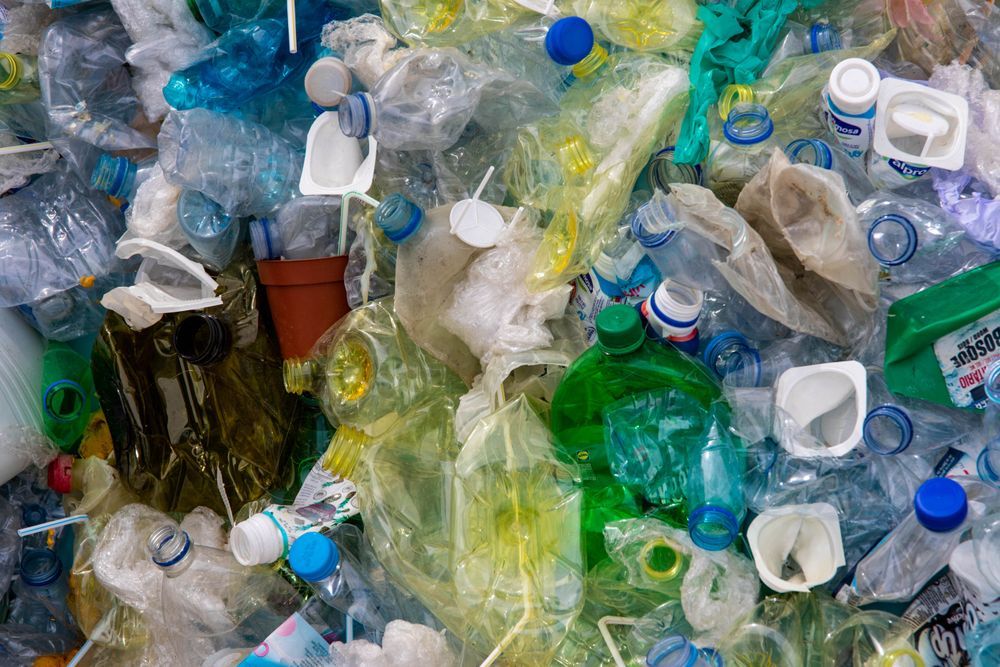The Dirty Truth about Window Envelopes

You may have never thought about window envelopes, but you’ve certainly received them. Window envelopes is the official name for postal mail where the recipient’s name and address are printed on the contents rather than on the exterior of the envelope. Typically, a plastic (cellophane or polystyrene) “window” on the envelope allows the post office to see through the envelope and into its contents.
Unfortunately, cellophane and polystyrene cannot be recycled. According to Michael Taylor, director of recycling for Elkridge, Maryland, putting cellophane into your recycling bin can result in the recycling plant rejecting the entire batch. So, not only are your window envelopes not recycled – but they actually result in other recyclables being redirected to the landfill. Polystyrene, meanwhile, is the chemical used in Styrofoam — which is infamously harmful to the environment.

While pure cellophane can be composted, it is often treated with Nitrocellulose to make it water-proof. Once treated with this dangerous chemical, the little windows are no longer compostable.
So, why do marketers use wasteful window envelopes? Simple logic: there’s no need to match the right envelope with the corresponding contents. That means no risk of sending a letter to the wrong recipient. It also reduces the amount of printing required, since window envelopes can be printed in bulk with just the return address.
The good news
You have the power to help reduce waste caused by plastic window envelopes! When throwing out your postal mail, make sure to remove the windows first. Place the windows in the trash, and put the rest of the envelope in the recycling. This helps reduce the impact of your junk mail on the environment.
This is only a partial solution. For a more complete solution to eliminate this kind of waste entirely, you can opt-out of junk mail using Mel – a service that allows you to easily unsubscribe from physical mail.